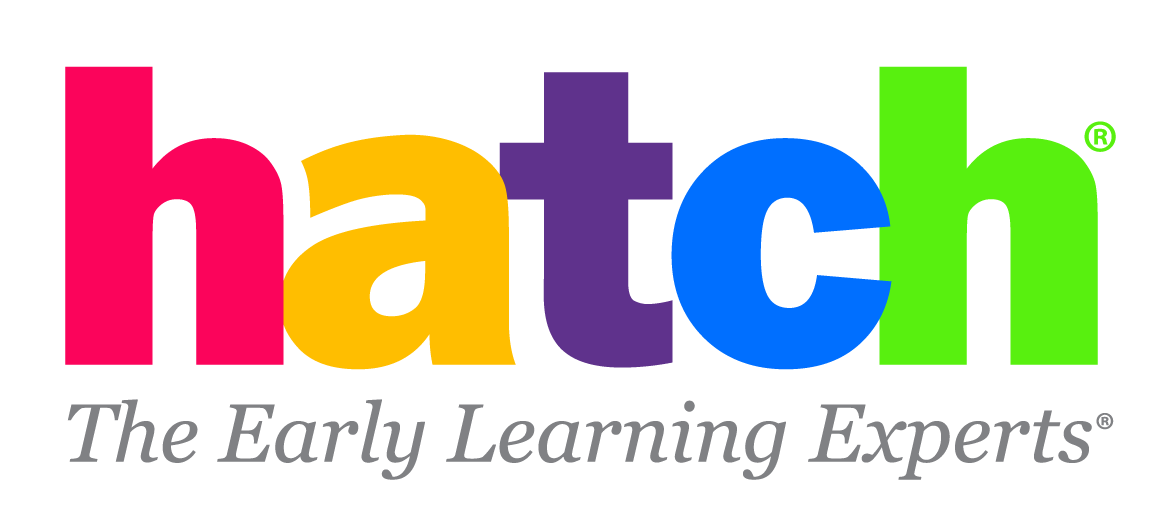Introducing your children to mindfulness is one of the most effective ways to ensure their success both inside and outside of the classroom. Whether you want to help kids improve focus, enhance their social-emotional learning, or help them stay on track academically, the benefits of mindfulness will have a lasting impact on their health and well-being. All you have to do is practice!
If you’re looking to add a mindfulness practice to your teaching toolkit, here are a few proven strategies to effectively incorporate it into your learning program:
1. Start small.
Just like bringing anything new into your classroom, it’s important to start small. If you go too big, too fast, you and your kids may become overwhelmed.So, start with a quick and easy mindfulness activity — maybe a simple breathing exercise during morning circle time — and build from there. Starting small will help you determine what works best for you and your class, priming you for success!
2. Make space for mindfulness.
To get the most out of mindfulness, make it part of your everyday routine — and stick to it. Do the same mindfulness activities, at the same time, each day.It’s also important to designate a place in your classroom that can be your mindfulness zone. Choose a space that isn’t high traffic, with few distractions, and of course, a place that’s quiet. Additionally, decide on a few guidelines for your mindfulness zone, such as whether children can take advantage of it whenever they want; what materials are available — think calming jars and art supplies; and if more than one child can use the area at the same time?
3. Follow your children’s cues.
When you follow your children’s cues, you’ll know exactly when a mindfulness activity will help them reset their focus. Here are a few activities that you can use in your classroom:• Meditation: Meditations don’t have to be fancy or complicated, they can be as simple as asking children to reflect on their favorite thing or encouraging children to tune into their senses. You can also do mindful eating or mindful walking exercises.
• Movement: Calming movement activities can be a great mindfulness activity for children. You don’t have to have a formal plan for mindful movement, you can just demonstrate slow, simple stretches and encourage children to follow along.
• Sensory experiences: Sensory experiences can be calming for many children, so giving kids access to sensory tubs or other materials that give them calming sensory input can be helpful. This can be as simple as a soft blanket, or one of those sequin pillows that children can brush back and forth.
4. Lead by example.
It’s important for your children to see you practicing mindfulness, too. For example, if you’re feeling frustrated in front of your kids, pause and take a few deep breaths. Afterward, be sure to show and tell them how much calmer you’re feeling. The same way you model other important skills and expectations in your classroom, do the same for mindfulness.5. Slow down!
Slow down, be kind to yourself, and be kind to your kids. Incorporate mindful moments even if it’s just 10 seconds. This way you can center yourself and feel grounded and help your kids do the same.
Want to learn more about the benefits of mindfulness in early childhood education? Watch our full webinar on Mindfulness in Early Childhood Education below.
-1.png?width=600&name=Youtube%20Thumbnails%20(2)-1.png)

-1.png)
